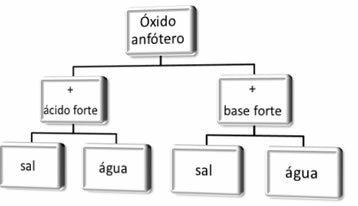Historical context of the creation of the Red Cross
From a historical point of view, we observe that the technology development was largely responsible for achievements that facilitated man's daily life. On the other hand, we see that in this same process of technological development, man was also able to develop weapons with ever-increasing power of destruction. From the 18th century onwards, we noticed that armies and conflict between nations exterminated thousands of individuals in an ever-increasing amount of time.
Around 1858, Italy was the target of several conflicts that marked the unification process of that country. At the time, Italian and French troops, led by Napoleon III, united with the objective of defeating the Austrian forces that dominated the kingdom of Piedmont. At the end of June of that same year, the Battle of Solferino it had left a terrible balance of five thousand dead soldiers. In addition, more than forty thousand wounded were left to fend for themselves.
Visiting the site, the Swiss merchant and diplomat
Henry Dunant he was appalled at the dismal result of that bloody battle. Seeking to solve the problem, he mobilized a group of volunteers tasked with helping victims on both sides of the conflict. Ignoring the blindness of the spirit nationalist, he raised resources and efforts to save thousands of lives who suffered in the war. After that, this problem continued to trouble Dunant.Read too:August 8th – Creation of the Red Cross
Creation of the Red Cross
In 1862, back in his hometown of Geneva, Henry Dunant published the work “Solferino's Souvenir”. In those pages, he narrated the horrors and incredible rescue experiences lived in Italy. In addition, he also noted the need to create a large committee of volunteers to help people wounded in war and to carry out a great international agreement capable of recognizing humanitarian action these same committees.

In 1863, the publication of the book attracted others to the same cause. That same year, other important political personalities of the Switzerland joined Dunant and created the International Wound Relief Committee, initially composed of just sixteen countries. At its first convention, the participants reached an agreement to establish the International Committee of the Red Cross. The symbol of the cross would have the function of highlighting this “army of salvation” from the warring armies.
See too:WHO – World Health Organization
Red Cross performance
Over time, the development of other major conflicts, including the two World Wars there, made the Red Cross gain ever-increasing prestige. As early as 1901, Henry Dunant had his work recognized by receiving the Nobel Prize of peace. Not limited to the West, the functions performed by the Red Cross gave origin of the Red Crescent, a variation islamicof the entity.
In addition to being recognized for the services provided voluntarily, the Red Cross was also a very important space for think about the ethical principles of military conflicts. Throughout the 20th century, several international conventions discussed and formalized conventions that dealt with the treatment reserved for civilians and military personnel involved in war situations. Currently, around 180 different entities represent or work in partnership with the Red Cross.
By Rainer Gonçalves Sousa
History teacher
Source: Brazil School - https://brasilescola.uol.com.br/curiosidades/as-origens-cruz-vermelha.htm

